My Journey Into Nonfiction by Monica DiGiovanni
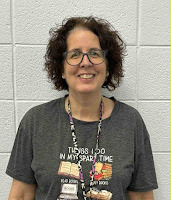 In April 2025, school librarian and author Lisa Rogers wrote
a post
for this blog, describing theNonfiction Playground—a wonderful nonfiction-themed learning experience thatshe developed for elementary students. I’m delighted that it inspired schoollibrarian Monica DiGiovanni to try something similar with her grade 3-5students at the end of the 2024-25 school year.
In April 2025, school librarian and author Lisa Rogers wrote
a post
for this blog, describing theNonfiction Playground—a wonderful nonfiction-themed learning experience thatshe developed for elementary students. I’m delighted that it inspired schoollibrarian Monica DiGiovanni to try something similar with her grade 3-5students at the end of the 2024-25 school year.Thankyou, Monica, for sharing your experience, too. I hope it inspires even moreeducators!
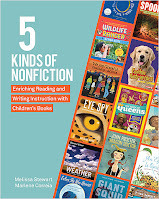 Like most librarians, I’m always eager to try new things. When I heard about
5 Kinds ofNonfiction: Enriching Reading and Writing Instruction with Children’s Books
in a school librarian group on social media, Ipurchased it. And after reading the book, I was excited to incorporate morenonfiction into my teaching.
Like most librarians, I’m always eager to try new things. When I heard about
5 Kinds ofNonfiction: Enriching Reading and Writing Instruction with Children’s Books
in a school librarian group on social media, Ipurchased it. And after reading the book, I was excited to incorporate morenonfiction into my teaching.Ispent a lot of time working to understand the 5KNF classification system andfiguring out how I wanted to share it with students. As I was deeply immersedin this journey, Melissa Stewart posted an activity called the Nonfiction Playground on her blog. This wasthe spark that I truly needed. I finally had a culminating activity for myunit. I thought it would be perfect at the end of the school year when my grade3-5 students and I are exhausted and need something fun and creative.
Step1
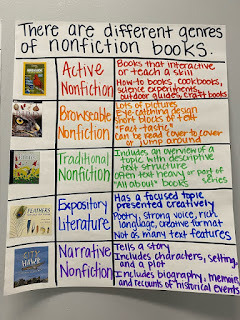 I developed a lesson on the five differenttypes of nonfiction based on Melissa’s book. I made
definition cards
for eachcategory—active, browsable, traditional, expository literature, andnarrative—and created buckets of books. Then students worked in groups to sortthe books by category.
I developed a lesson on the five differenttypes of nonfiction based on Melissa’s book. I made
definition cards
for eachcategory—active, browsable, traditional, expository literature, andnarrative—and created buckets of books. Then students worked in groups to sortthe books by category.Toclose the lesson, I created an online quiz/game (using Blooket.com) in which studentshad to identify book types. To keep it simple, there were just two choices foreach question. This meant the kids had better chances to be successful in thegame.
Step2
Ihosted a Book Tasting for each class. I covered five tables (one for each 5KNFcategory) with bulletin board paper and curated a pile of books for each table.Again, this is an idea that came from Melissa’s blog via social media. I thought it was a nice change from using aworksheet to analyze the books.
Afterstudents were seated, each child selected a book and explored it for twominutes. Then they used a marker to write something they learned or foundinteresting on the bulletin board paper. At the Active table, I included lotsof drawing books and allowed students to draw rather than write a fact. Thekids loved that. This activity was a big success. Students loved exploring thedifferent tables and many books were checked out.
Step3
Tointroduce the Nonfiction Playground activity, I asked students to explore thenonfiction shelves in my library and make a list of 5 to 10 topics they likereading about. Then we discussed their favorite equipment and areas on ourschool playground. From the “big green thing” to the basketball court, the kidshad plenty of opinions.
Next,I shared the Nonfiction Playground samples from Lisa Roger’s postas well as photos of many different real playgrounds that I found on theInternet. Comments from the first few classes I worked with helped me developmore effective ways of explaining the activity, so my presentation got betterover time.
Forexample, I asked students to imagine a girl who loves gymnastics. She might drawa playground based on the four types of gymnastics apparatuses—the vault,floor, uneven bars and balance beam. The uneven bars area might include lots ofmonkey bars to climb on, and the vault area might have trampolines and bouncyhouses.
Achild who likes to read about dogs could draw a dog park or a petting zoo. Achild who likes outer space could make a zone with shooting-star ziplines.Sports lovers could draw different sport zones.
Ialso let students know that their playgrounds could focus on multiple topicsand have different zones. I encouraged the kids to let their imagination gowild. Then I allowed the kids to search on their Chromebooks for playgroundideas.
Studentsspent 2 weeks making their playgrounds, and they were so engaged in the process.The found so much joy in creating art that represents the topics they love readingabout. When I saw the students’ final drawings, I was blown away. They were socreative! Here are some examples:
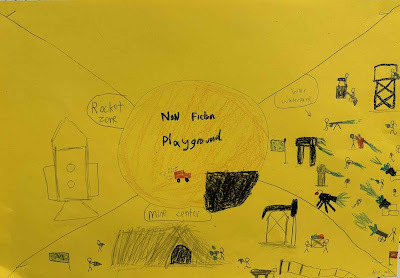

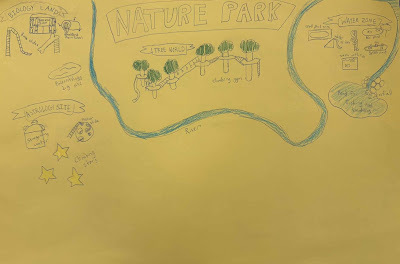
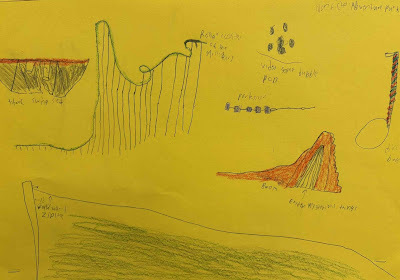
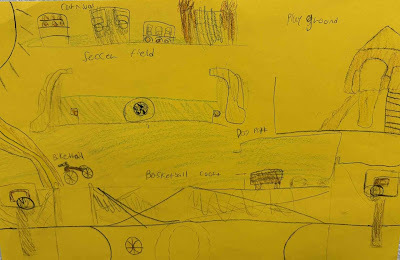
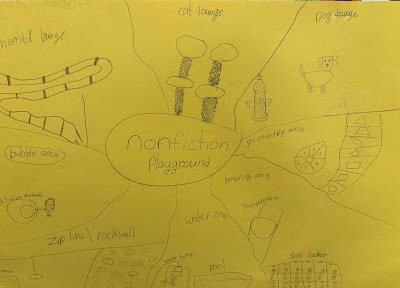

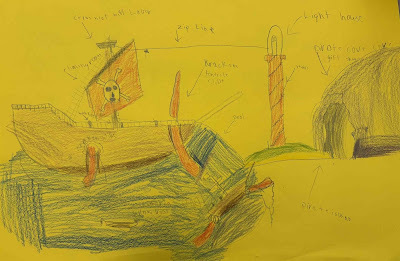
Atthe end of the 2024-2025 school year, Monica DiGiovanni retired after 27years of teaching. Most recently, she was the elementary school librarian atthe Joseph A. Edgar School in Rocky Point, NY. During retirement, she plans to continueher library career by working part time as a children’s librarian at a localpublic library.



